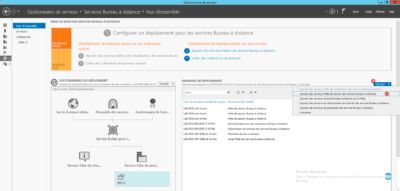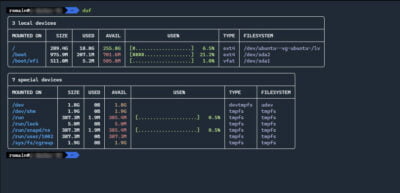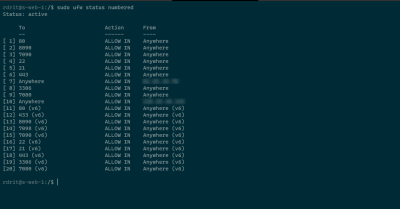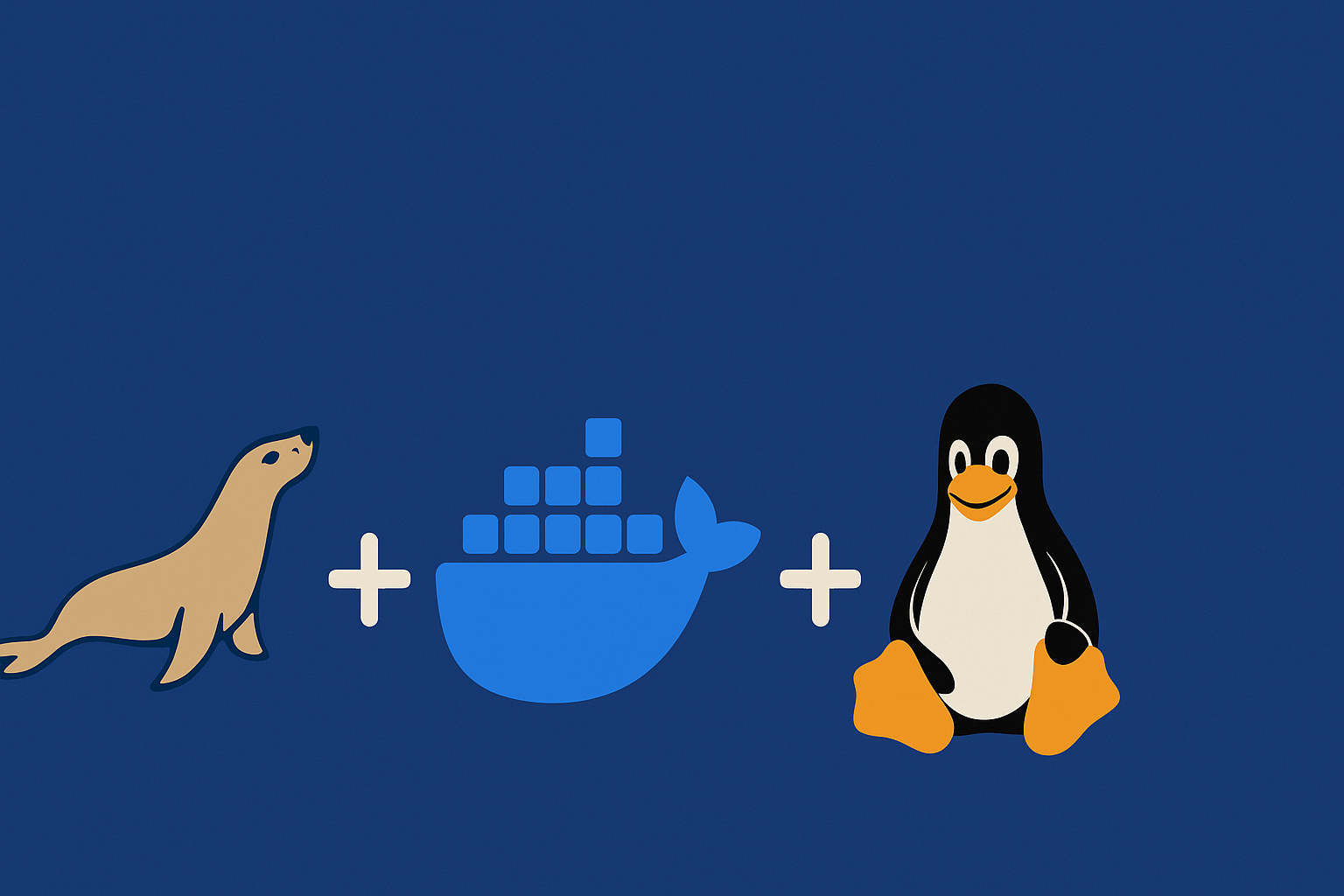Keycloak: deploy an identification manager with Docker
In this tutorial, I will explain how to deploy Keycloak with Docker. Keycloak Overview Before getting to the heart of the matter, I will present to you Keycloak. Keycloak is open source software, which allows you to set up a single sign-on SSO system that supports: If you know ADFS, Keycloak allows you to do …







